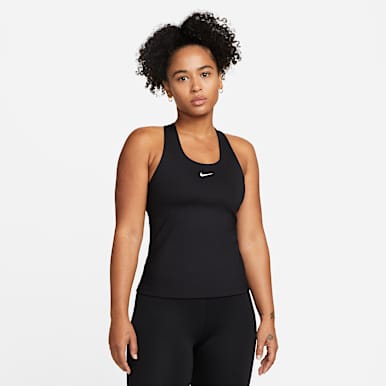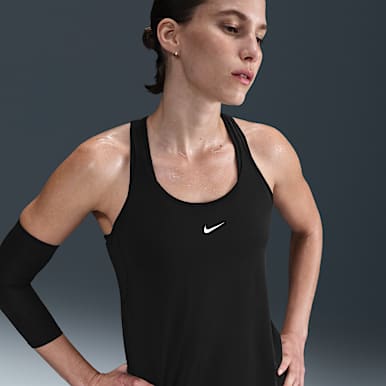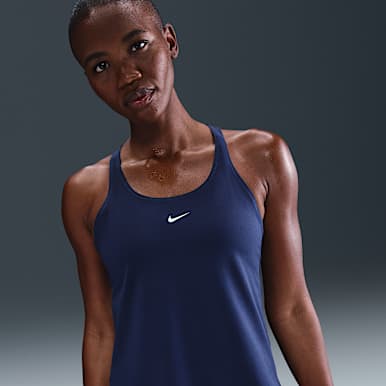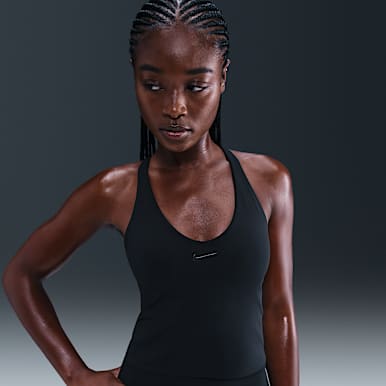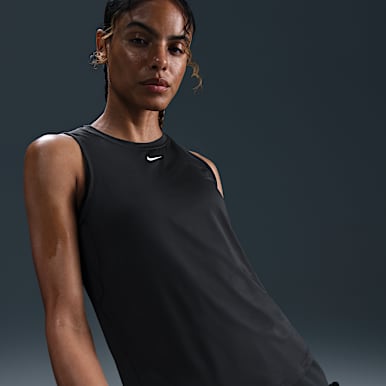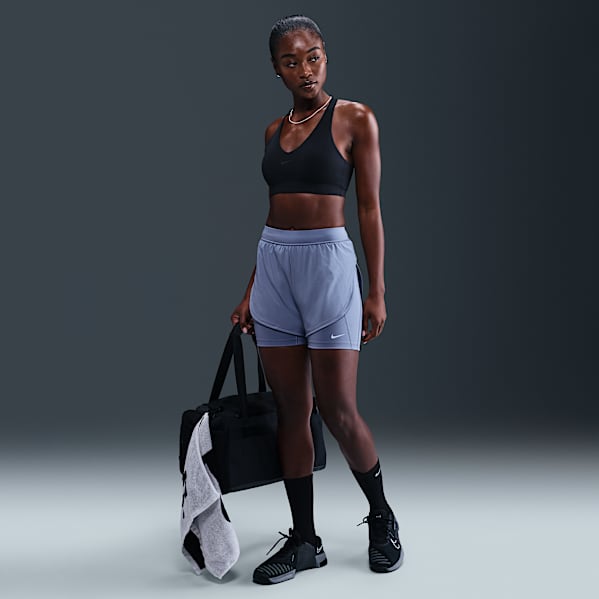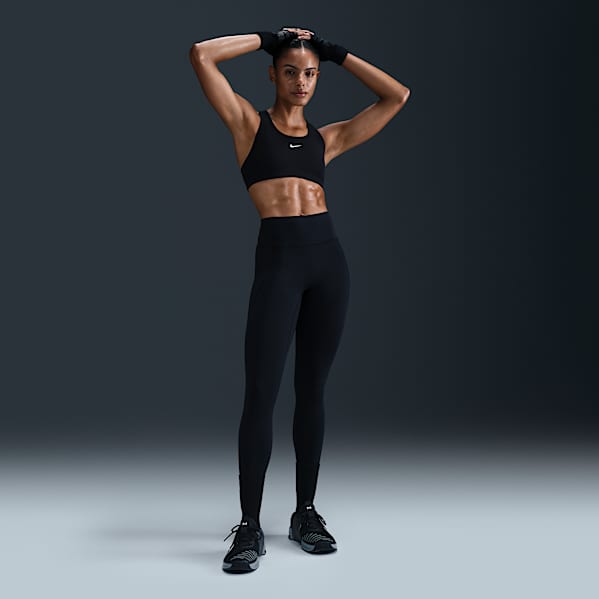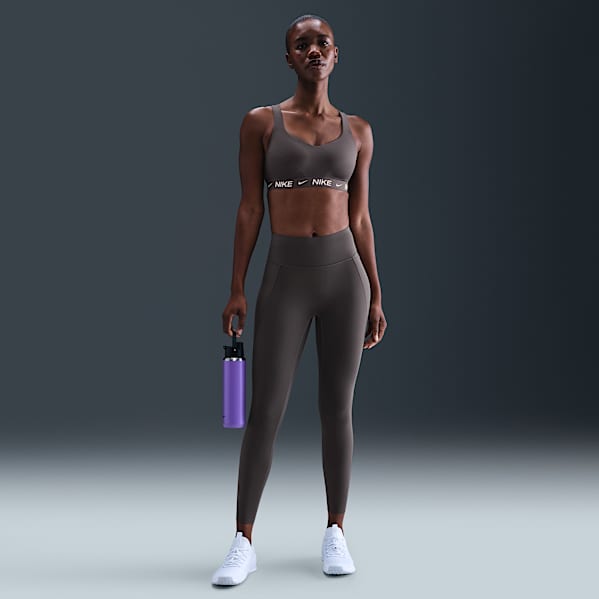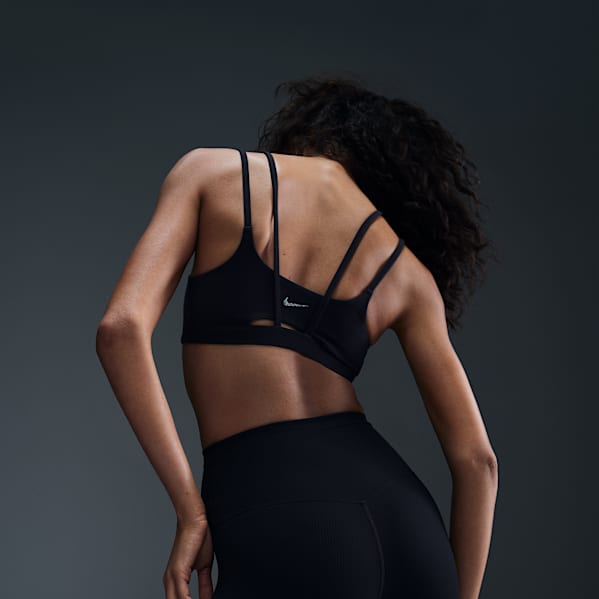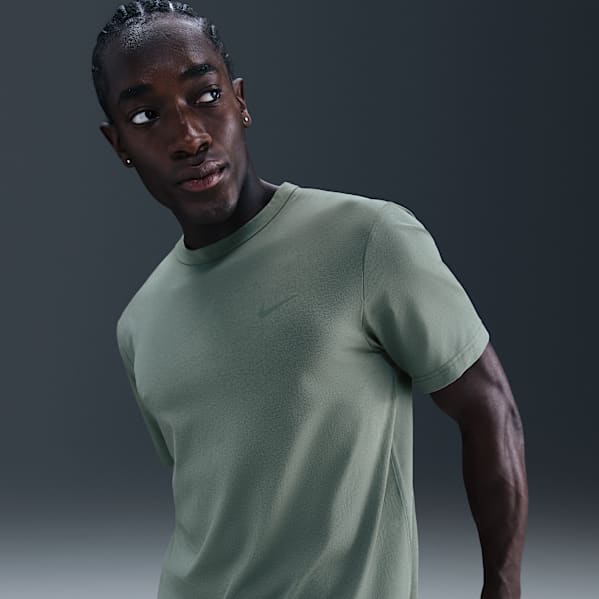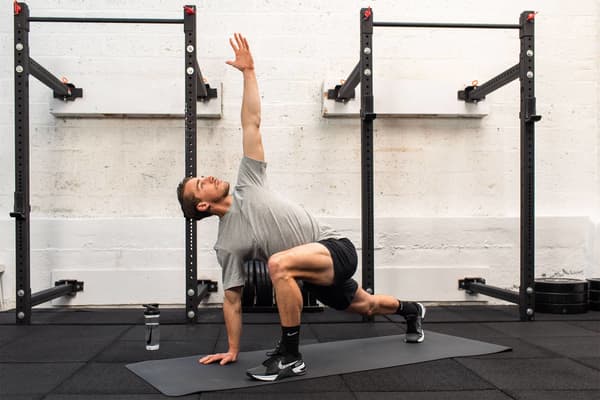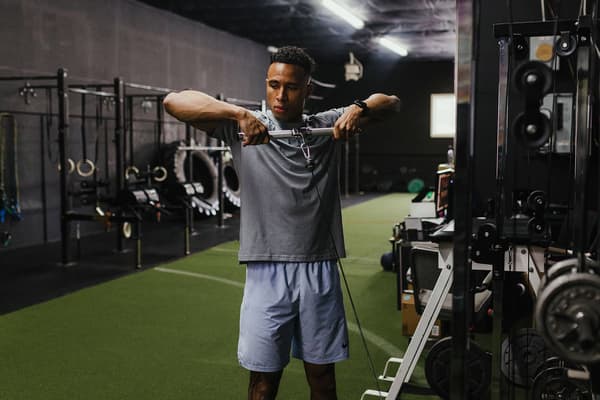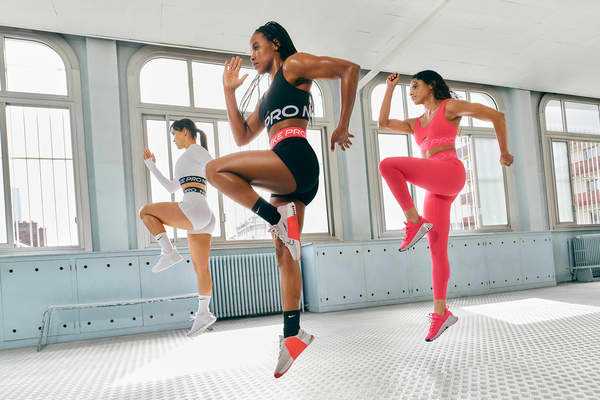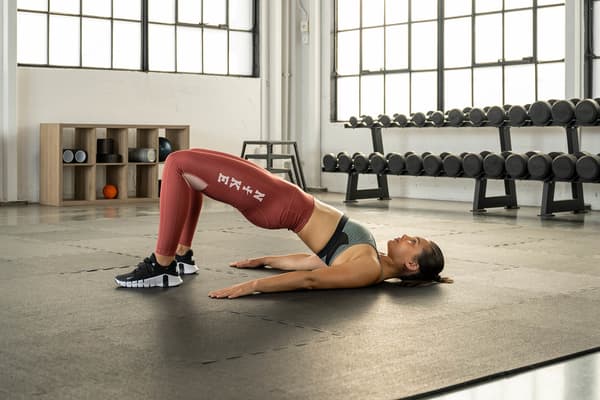Everything You Need to Know About Barbell Bench Presses, According to Trainers
Sport & activity
Follow these trainer-approved tips to make the most of your bench presses.

To build upper-body strength, a few key movements can make a big difference—and one of the most effective is the bench press.
The bench press is one of the most well-known compound upper-body exercises, says Olivia Anderson, NASM-certified CPT. When done correctly, it's also one of the best pressing moves for building total-body strength.
In this classic lift, you lie flat on a bench with your feet on the floor and press a weight upward with both arms, explains Mark Lolla, NASM-certified CPT. While it may look straightforward, proper form and muscle engagement are essential to get results safely and prevent injury.
What Muscles Do Bench Presses Work?
Bench presses engage the chest muscles, especially the pectoralis major (or pecs for short), which is a large muscle in the upper chest, Lolla explained. But bench presses are a compound exercise, which means they simultaneously use multiple muscles.
These include secondary muscles, like the anterior deltoid (front of the shoulder) and the triceps (back of the upper arm), all while tapping in stabilising muscles around the shoulder girdle. "These muscles work together to allow the body to push the bar away", said Lolla.
Although the bench press is an upper-body movement, to support a safe and controlled press, it's important to also engage other muscles, including the core, quads and glutes.
RELATED: How To Treat Sore Muscles After a Tough Workout, According to Experts
The Benefits of Bench Pressing
Bench pressing is a great way to start to "build your upper-body foundation for movements like a push-up, as well as to increase bone density", said Anderson. Depending on your rep range and weight lifted, you can use it to "develop muscle mass, increase upper-body strength or improve muscular endurance", she added.
And the benefits extend beyond the gym. "Developing strong and stable muscles in the chest is beneficial for everything from getting out of bed to moving furniture to pushing a broken-down car to giving a good hug", said Lolla. And importantly, "having a well-rounded foundation of strength is important for overall health as we age".
How to Bench Press With Proper Form
To bench press with proper technique, follow a few common cues. If you're just starting out, "keep the weight light, focus on technique and execute each rep with correct form", said Anderson. "Remember, it's quality over quantity", she continued.
Whenever possible, use a spotter for safety. If you are bench pressing solo, don't push your maximum weight. In case of an emergency, it's best to avoid using bar clips so the weights can be dumped off the bar.
1.Set Up Your Bar
Set up the barbell rack at the proper height so your elbows are slightly bent when you're lying on the bench (before initiating the lift).
Then, stack the weight you need and secure the plates with a bar collar (only if you have a spotter) on each end. Ensure the weight is appropriate so you can maintain good form throughout the movement.
2.Prep Your Position
Lie down on the bench. Position your eyes directly under the bar. "This will ensure a safe position when performing the lift, as well as when re-racking the weight", Lolla said.
"Once your eyes are under the bar, walk your feet back". Your feet should be stacked under your knees, Anderson added, or you can slightly bend your knees so your feet are further back and your knees are flexed. Walking your feet back "creates tension in the legs and glutes, increasing your total power output", Lolla explained. It also causes the back to arch slightly, which is normal.
You may see powerlifters perform a bench press with an extreme arch in their back. This is "to decrease range of motion for the lift", Lolla said, "but it is not the best way to perform the lift for most individuals".
3.Engage Your Muscles
Engage your upper body by "pointing your chest towards the ceiling and pulling your shoulder blades back and down", said Anderson. Make sure your shoulders are not rolling forwards or lifting up by your ears.
In this position, you "create optimum shoulder stability for the lift", Lolla explained. "However, this step is often overlooked and a common cause for shoulder injuries".
Acute injuries can occur when there is an imbalance while lowering the barbell. According to the US Army Public Health Center, this imbalance on one side of the body can cause too much force for the tissues to react properly, which can lead to tearing of the muscles, tendons and ligaments.
4.Position Your Grip
Grab the bar and position your hands so they are "just slightly wider than shoulder-width", Anderson said. This is called a "medium grip", and it is beginner-friendly, as it doesn't overstress the pec muscles.
As you grip the bar, think about keeping your wrists straight instead of bending backwards. Grab the bar along the "meaty area near your thumb", Lolla explained. "This allows for a straight wrist and more stacked joints, which will ultimately keep your wrists healthy and create a stronger, more stable bench press".
5.Lower the Bar to the Bottom Position
Lift the bar out of the rack—a spotter can be especially useful at this stage—and "lower the bar at a controlled tempo to the sternum without letting your elbows flare out more than 45 degrees", Lolla said. This is your bottom position. "Don't forget to keep your core engaged and inhale as you lower the weight".
6.Lift the Bar
Touch the bar to your chest and exhale as you "press the bar diagonally back up to finish in the same position you started, with your wrists and elbows stacked over your shoulders", said Anderson.
Proper breathing technique, Lolla said, "is to take a deep breath into the belly and hold it until you're about two-thirds to three-quarters of the way through the concentric (in this case, moving away from gravity) part of the lift". This technique helps create stability in the spine, he added.
From there, you can perform another rep or return the bar to the rack. When you re-rack the weight, visually check that each end of the barbell sits in the correct position on the rack before releasing the weight. If you have a spotter, they can help guide the bar into the correct position so you can safely finish your set.
Remember: "Proper breathing and bracing can be the difference between a completed rep and a failed rep", Lolla said. So, "take a big, strong breath into the belly before initiating the lift and a controlled exhale as you finish the pressing motion".
If you have hypertension or another health condition that could be impacted by this type of bracing, be sure to check in with your doctor for guidance on a breathing technique that will match your needs.
RELATED: Nike's Best Training Gloves for Your Toughest Workouts
Bench Press Variations
Medium-grip bench presses are a great starting point for many people, as you can add or reduce weight as necessary. Once you've mastered the basic lift, you can use variations to target different muscles based on your "grip, incline and the equipment you use", said Anderson. Here are a few common variations:
- Wide-Grip Bench Press: For this advanced variation, position your hands almost double the width of your shoulders or walk your hands a few centimetres out on each side from your standard grip.
"A wider grip will bias more of your pecs, specifically your clavicular pecs", explained Anderson. This also puts more stress on the pecs, so they should be well-developed before you attempt this lift. - Dumbbell Bench Press: If one side of your body is stronger than the other, dumbbells can be a tool to "help with discrepancies between sides", Anderson explained. They work your pecs where they attach to your clavicle and sternum "because you have greater range of motion with dumbbells", she continued.
Also, this variation may be better for those who have shoulder or wrist pain, because it allows for a more neutral grip (which is when your wrists are straight and your palms face each other). - Incline or Decline: The position of the bench will dictate which muscles you use. "Incline is going to target more of your upper chest, while decline is going to target your lower chest", Anderson said.
Words by Hannah Singleton

